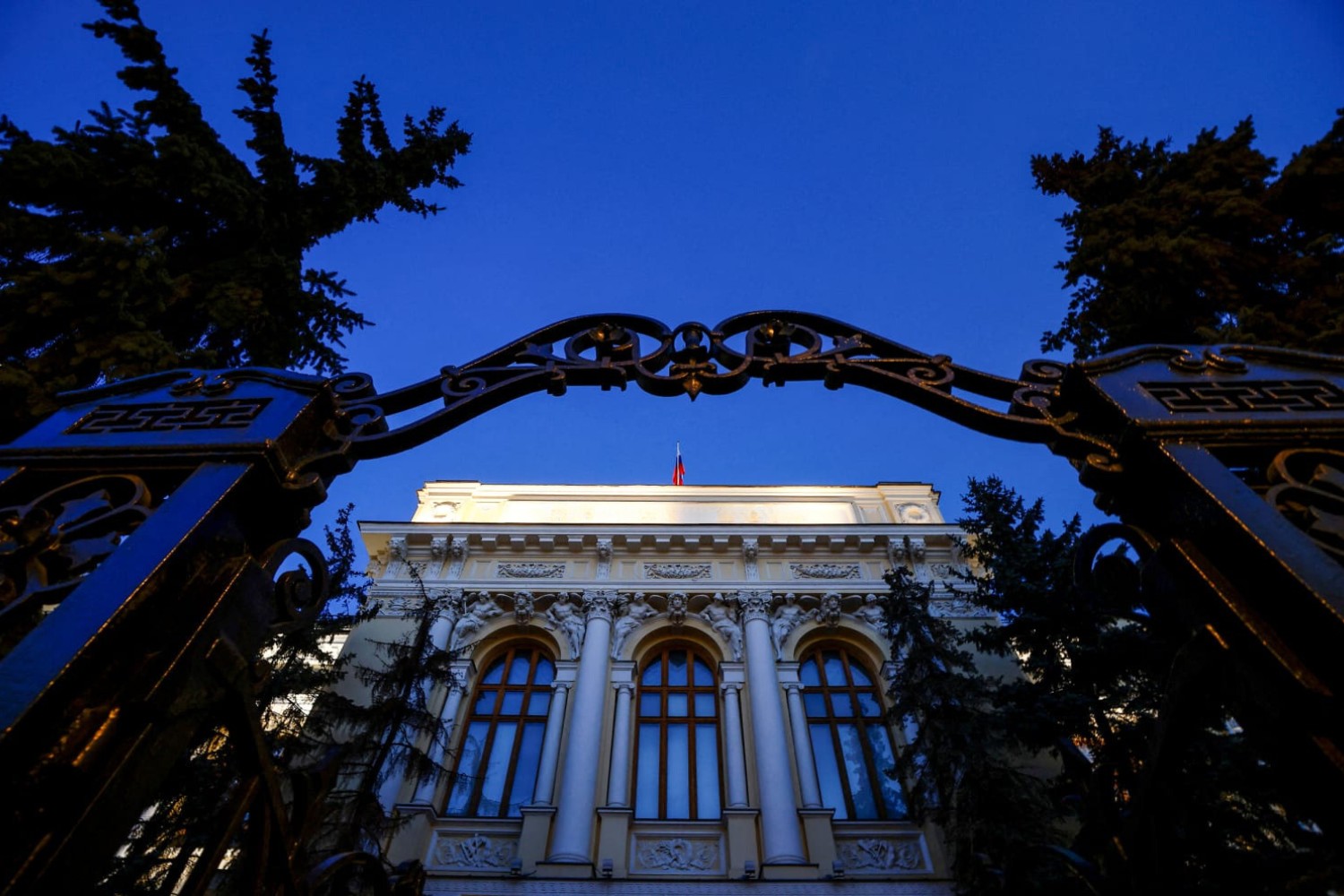
Russian banking has a rich history and a complex structure. Ever wondered how it all began or what makes it tick today? From the days of the Russian Empire to the modern era, the banking system has evolved dramatically. Did you know that the first Russian bank was established in 1754? Today, the Central Bank of Russia plays a crucial role in regulating financial institutions and ensuring economic stability. With over 500 banks operating in the country, the landscape is diverse and dynamic. Curious about the largest banks or the impact of sanctions on the sector? This article will dive into 23 intriguing facts that shed light on the fascinating world of Russian banking. Buckle up for a journey through time, money, and power!
Key Takeaways:
- Russian banking has a fascinating history, from the first bank in 1754 to the modern era. The industry has evolved through nationalization, a banking boom, and the impact of financial crises.
- Today, major players like Sberbank and VTB Bank dominate the Russian banking sector, embracing technology and facing regulatory challenges. The future holds promise with fintech startups, digital currency exploration, and sustainable banking practices.
The Evolution of Russian Banking
Russian banking has a rich history that spans centuries. From its early beginnings to the modern financial system, Russian banks have undergone significant transformations.
- The first Russian bank, the State Loan Bank, was established in 1754 by Empress Elizabeth.
- In 1860, the State Bank of the Russian Empire was founded, which later became the Central Bank of Russia.
- The Soviet era saw the nationalization of banks, with Gosbank becoming the sole banking institution.
- Post-Soviet Russia experienced a banking boom in the 1990s, with many private banks emerging.
- The 1998 Russian financial crisis led to the collapse of several banks, reshaping the banking landscape.
Major Players in the Russian Banking Sector
Several key banks dominate the Russian financial sector today. These institutions play a crucial role in the country's economy.
- Sberbank, founded in 1841, is the largest bank in Russia and Eastern Europe.
- VTB Bank, established in 1990, is the second-largest bank in Russia.
- Gazprombank, associated with the energy giant Gazprom, is one of the top three banks in Russia.
- Alfa-Bank, the largest private bank in Russia, was founded in 1990.
- Rosselkhozbank, or the Russian Agricultural Bank, focuses on financing the agricultural sector.
Innovations and Technology in Russian Banking
Russian banks have embraced technology to improve their services and reach more customers. These innovations have transformed the banking experience.
- Sberbank introduced the first mobile banking app in Russia in 2011.
- Contactless payment systems, like Apple Pay and Google Pay, are widely used in Russia.
- Biometric authentication, such as fingerprint and facial recognition, is becoming common in Russian banks.
- Blockchain technology is being explored for secure and transparent transactions.
- Online banking services have grown rapidly, with most major banks offering comprehensive digital platforms.
Regulatory Environment and Challenges
The Russian banking sector operates under a complex regulatory framework. Various challenges and regulations shape the industry.
- The Central Bank of Russia oversees and regulates the banking sector.
- Anti-money laundering laws have been strengthened to combat financial crimes.
- Sanctions imposed by Western countries have impacted Russian banks' international operations.
- The Central Bank has introduced measures to stabilize the banking sector, including bailouts for struggling banks.
- Cybersecurity remains a significant concern, with banks investing heavily in protecting customer data.
The Future of Russian Banking
The future of Russian banking looks promising, with continued growth and innovation on the horizon. Several trends are shaping the industry's future.
- Fintech startups are emerging, offering innovative financial solutions.
- The Central Bank is exploring the possibility of a digital ruble, a central bank digital currency.
- Sustainable banking practices are gaining traction, with banks focusing on environmental and social responsibility.
The Final Word on Russian Banking
Russian banking is a fascinating blend of history, innovation, and resilience. From the establishment of the first state bank in 1860 to the modern digital transformations, the sector has seen significant changes. Sberbank, the largest bank in Russia, plays a pivotal role in the economy, while Tinkoff Bank leads in digital banking services. The Central Bank of Russia ensures stability and regulates the financial system. Despite challenges like economic sanctions and fluctuating oil prices, Russian banks continue to adapt and grow. The introduction of the Mir payment system showcases Russia's drive for financial independence. Understanding these facts gives a clearer picture of how Russian banking operates and its impact on the global stage. Whether you're a finance enthusiast or just curious, these insights offer a glimpse into a complex yet intriguing world.
Frequently Asked Questions
Was this page helpful?
Our commitment to delivering trustworthy and engaging content is at the heart of what we do. Each fact on our site is contributed by real users like you, bringing a wealth of diverse insights and information. To ensure the highest standards of accuracy and reliability, our dedicated editors meticulously review each submission. This process guarantees that the facts we share are not only fascinating but also credible. Trust in our commitment to quality and authenticity as you explore and learn with us.
